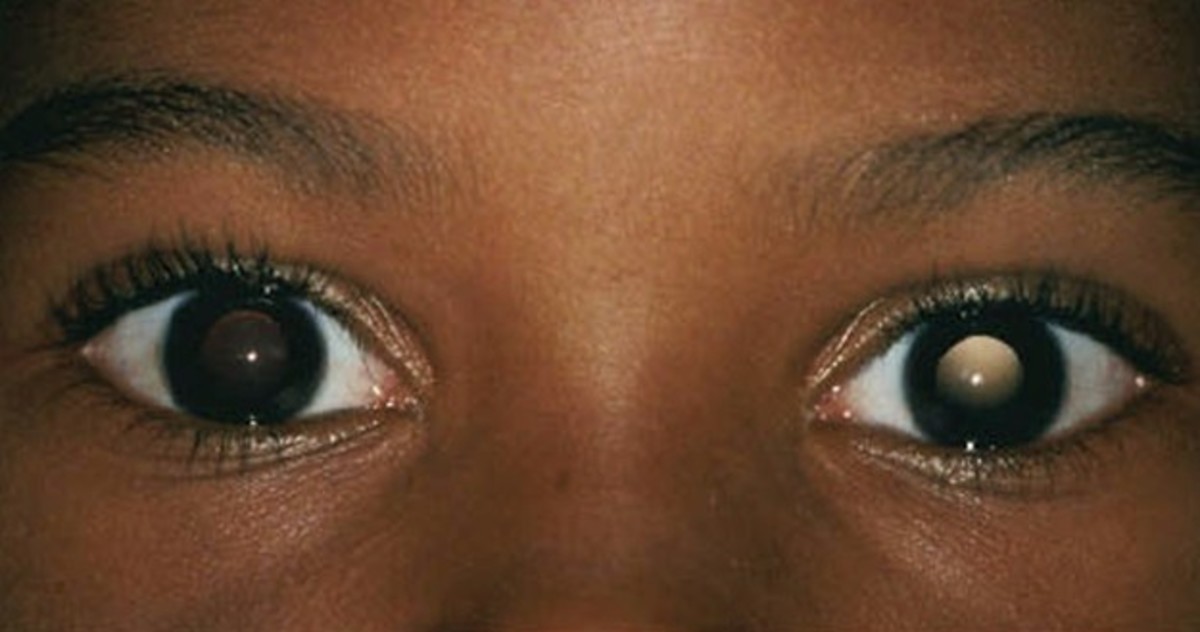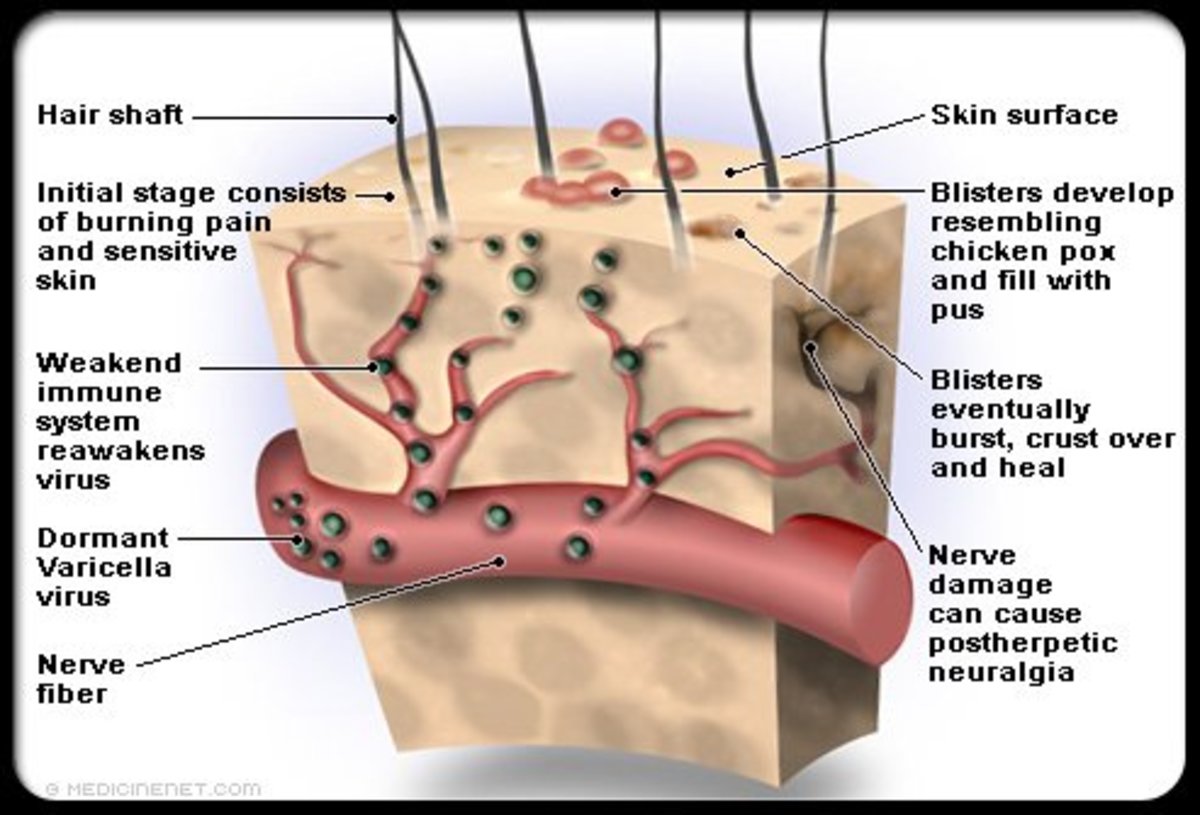Daltonism - Symptoms, Causes, Tests, Treatment

What is Daltonism?
Daltonism is previous the general term for color blindness until it was used to term red-green color blindness. Daltonism is defined as red-green color blindness which is the most common type of color blindness.
Daltonism was named after the English chemist named John Dalton after he published the first scientific paper discussing the color vision impairment based on his own color vision impairment. The scientific paper of John Dalton in 1798 generally termed the condition of color blindness after his name thus the term Daltonism.
Color blindness is a visual impairment and does clinically connote visual blindness. It is a visual impairment characterized by the inability of an individual to perceive certain type of colors and therefore affecting their visual acuity. The individual affected with this form of visual impairment may not be able to distinguish different shades of red and green, different shades of blue and yellow or may not be able to distinguish all the colors.
Daltonism or the red-green color visual impairment is the most common type of color blindness that usually affects the male gender and rarely affects female gender. It affects a considerable fraction of the population with various proportions in different racial groups. The red and green color perception impairment covers almost the majority of cases of color blindness.
Symptoms
Color blindness is a color vision impairment that can affect the quality of life or change the life of an affected individual. It can cause confusion and misunderstanding in differentiating and understanding colors such as difficulty in interpreting learning materials that are color coded.
The most common symptom of color blindness is the difficulty in distinguishing certain colors although the most common color involve is the red and green. Color vision impairment has various symptoms such as:
- Inability to distinguish the difference between the colors red and green but can distinguish other colors such as blue and yellow
- Seeing colors differently from others
- Inability to see thousands of colors
The defect in identifying colors can either be mild or moderate. Daltonism is a form of Dichromacy which is among the classification of color blindness. It is a moderately severe color vision impairment characterized by the absence or dysfunction of one of the three basic colors thus reducing the colors in two dimensions.
A lot of people usually do not realize that they have the inability to perceive colors correctly and usually suffered from the impairment for a long time before they can recognize it. The deficiency only becomes apparent once seen by an optometrist or ophthalmologist and significant others or outside observers. The deficiency in identifying colors can greatly affect the way of living.
Causes
The incidence of color blindness is can either be acquired or inherited. Daltonism is a color vision impairment that is usually sex linked and hereditary. The genes involved in color blindness are the X-chromosome thus making color blindness common in men than in women as the male gender on having one X-chromosome whereas women have two X-chromosome.
Inherited color blindness is usually present at birth. It is the most common type of color blindness described by the absence of one of the three types of cone cells in the eye. These cone cells are found in the macula or the central portion of the retina. The retina is a thin nerve membrane that is responsible for detecting the light that is entering the eyes. The light or the visuals captured by the retina are interpreted in the brain sent via the nerve cells.
Acquired color blindness equally affects both men and women and usually develops later in life. Diseases and disorders involving the optic nerve of the eye can bring damage and changes in color perception. Acquired causes of color blindness include the following:
- Aging is among the acquired causes of color blindness and is mainly due to the natural aging process where the macula naturally degenerates as the age advances.
- Diseases such as diabetes, Alzheimer’s disease, glaucoma, macular degeneration sickle cell anemia and leukemia can cause the impairment of color perception.
- Chronic alcoholism has also been implicated in the cause of color blindness.
- Certain medications can affect or alter the color vision which is rather a side effect of the therapeutic drug. Such drugs include those used to treat high blood pressure, infections, erectile dysfunction, heart problems and psychological problems.
- Exposure to chemicals is also potential for color vision impairment such as exposure to carbon disulphide and fertilizers.
- Trauma and injury directed towards the eye and that can puncture or harm the retina and can cause swelling to the occipital lobe of the brain can also cause color vision impairment.
- Shaken baby syndrome is also a potential risk for color blindness.
- Exposure to ultraviolet light can bring damage to the retina and can affect the color perception of an individual.
- Vitamin A deficiency is also implicated in the development of color blindness.
Tests
Ishihara test is the most common test utilized in identifying color blindness. It is a diagnostic test that consists of sets of colored dots where a patient is asked to identify the pattern seen in the picture. It actually contains numerals to be identified and is embedded in slightly different hues. The Ishihara test on the other hand is not useful for young children who are not yet oriented with numbers.
Farnsworth-Munsell 100 color test is designed to measure the chromatic discrimination. The test utilizes colored chips where the patient is asked to arrange the colored chips according to the similarity in color of the chips.
Treatment
Color blindness including Daltonism has no direct cure or treatment especially in the inherited type of color blindness.
The vision problem can be helped through the following:
- Colored contact lenses can help in determining the differences between colors although it can only improve the discrimination of other colors while it can also distort the objects
- Eyeglasses that blocks glare can help in identifying the color differences due to effect of less glare and brightness
Acquired color visual impairment can be managed with treatment directed towards the underlying condition that influences the onset of color blindness.








